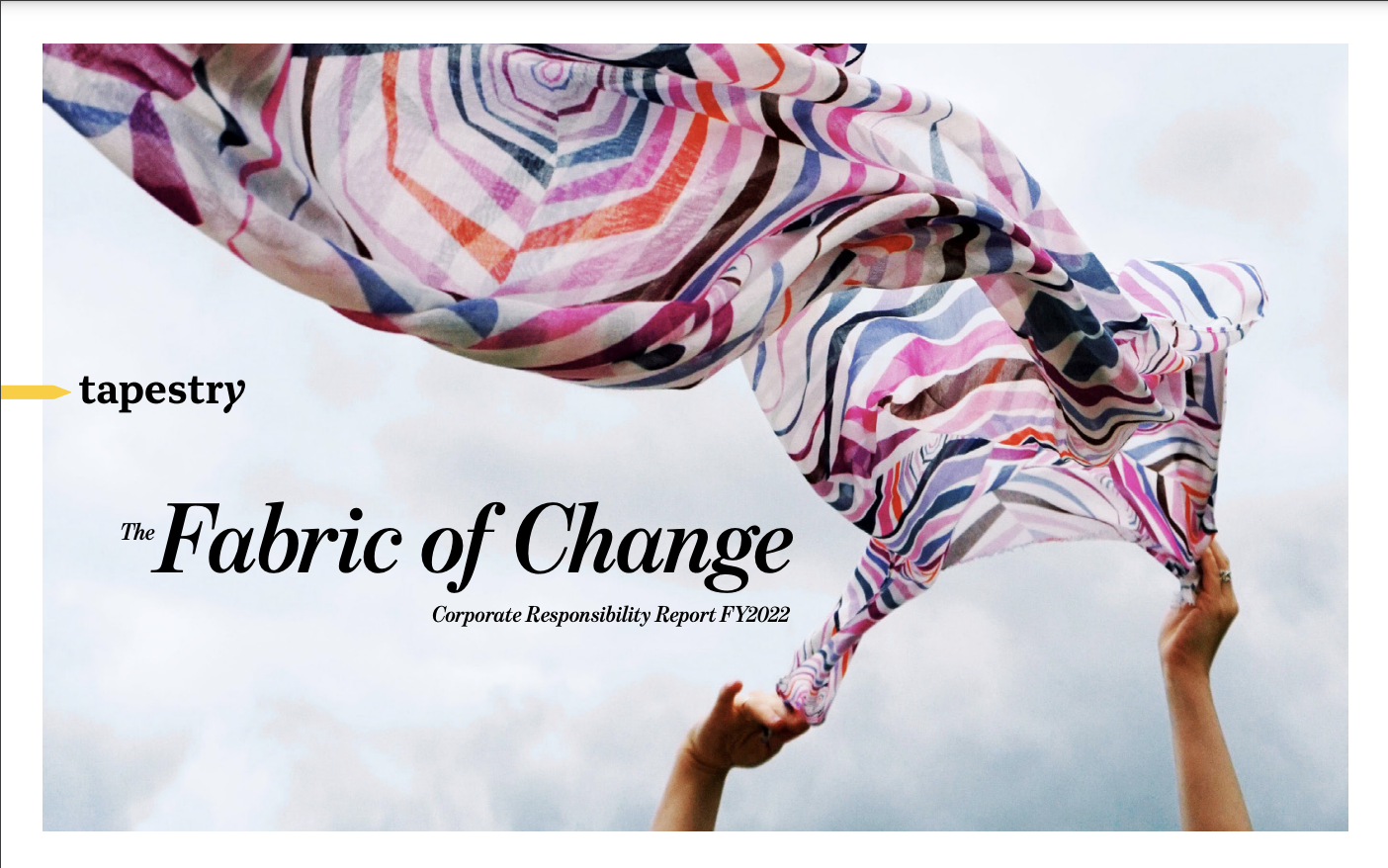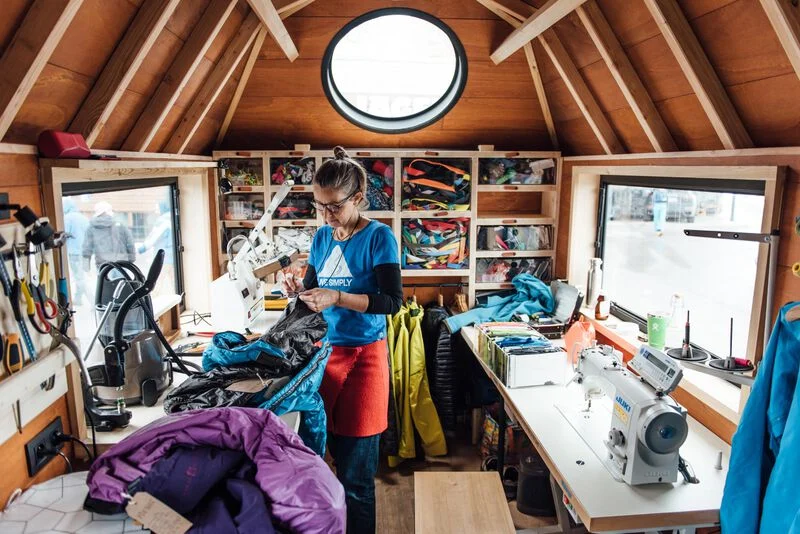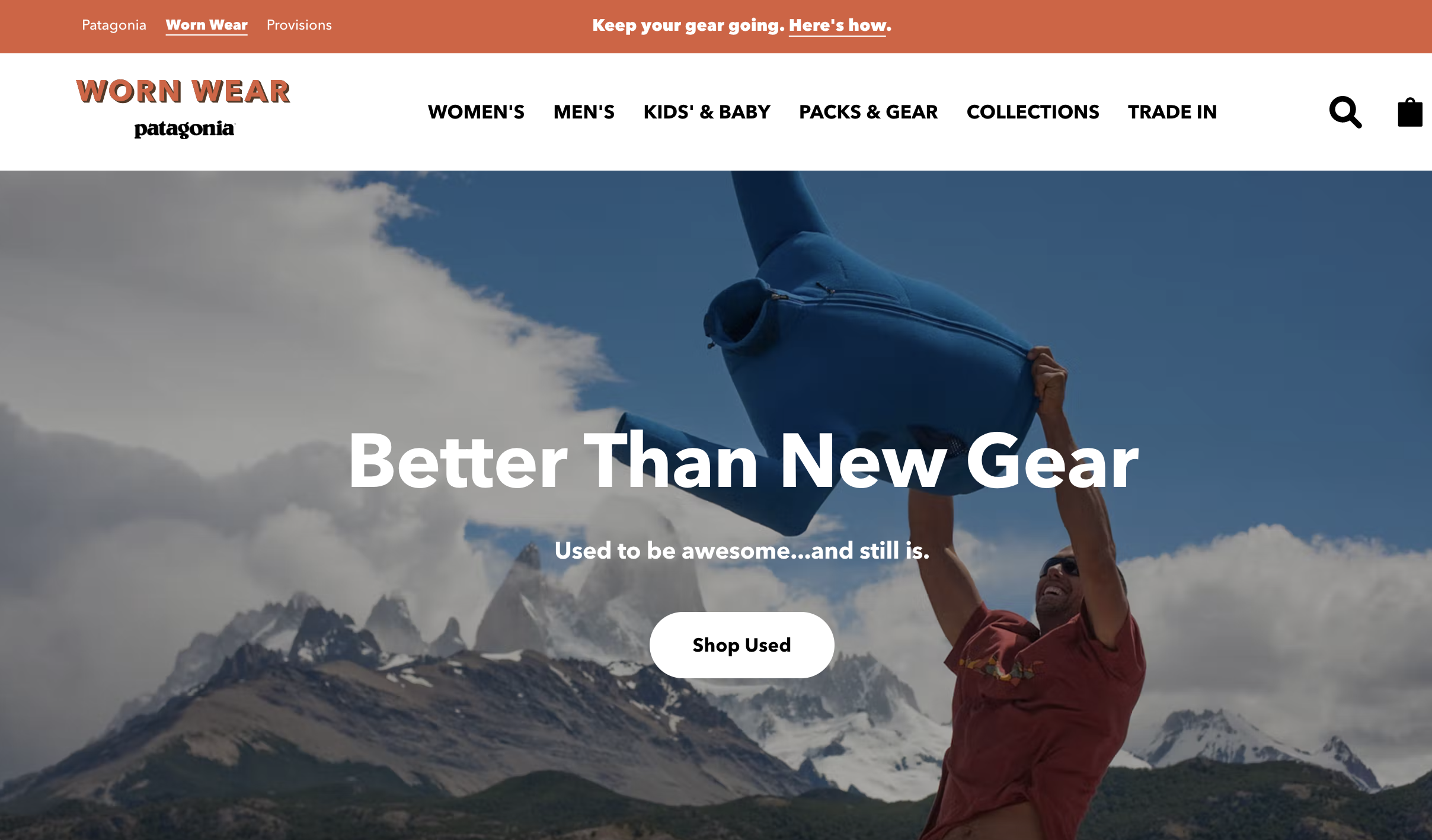With Earth Day 2023 approaching fast, businesses have never had a better time to showcase their commitment to sustainability. A recent report released by First Insight and the Baker Retailing Center at the Wharton School of the University of Pennsylvania has revealed that there is a significant gap between the perceptions and preferences of consumers and senior retail executives regarding sustainable shopping.
The report was based on a survey of consumers and senior retail executives to compare their views on sustainable products, shopping formats and the factors driving sustainable purchase decisions. The survey found that consumers across all generations are now more willing to spend more on sustainable products, with 90% of Gen X consumers willing to pay an extra 10% or more for such products. Basically, “sustainability” is no longer just a buzzword or a trend, but a crucial factor in attracting and retaining customers.
This article will discuss several retail brands, including Tapestry, General Mills, Patagonia, Madewell and Clorox, and how they are taking impressive initiatives toward helping the environment. Furthermore, we will explore various sustainability marketing tips and how your business can apply similar strategies to your operations. Launching into sustainability can be daunting, but there are small changes your brand can make to start making a difference.
Tip #1: Be Transparent
One of the most important things that brands can do when it comes to sustainability marketing is to be transparent. This means being honest about the impact that your products have on the environment and what you are doing to reduce that impact. Consumers today are more informed than ever before, and they want to know that the brands they are buying from are taking sustainability seriously. By being transparent, brands can build trust with their customers and demonstrate their commitment to making a positive impact.
One brand that has done an excellent job of being transparent about its sustainability efforts is Tapestry, the parent company of brands like Coach, Kate Spade and Stuart Weitzman. For example, the brand releases a yearly report called “The Fabric of Change.” In this corporate responsibility report, Tapestry outlines the various business practices it undertakes every day to better help the environment.

One of the biggest pieces included in the 2022 report was the brand’s ambitious goals to reduce its greenhouse gas emissions. One of the ways the brand is achieving this goal is by investing in renewable energy, such as wind and solar power. By sourcing renewable energy, Tapestry is reducing its reliance on fossil fuels and helping to create a more sustainable energy system. If your business has the resources to invest in renewable energy, it can be a powerful way to demonstrate your commitment to sustainability. Alternatively, you can purchase renewable energy credits to offset your carbon emissions.
Tip #2: Educate Your Customers
Another critical tip for sustainability marketing is to educate your customers. Many consumers need to be made aware of their purchases’ impact on the environment, and they may need to learn how to make more sustainable choices. By educating your customers, you can help them make more informed decisions and encourage them to make choices that are better for the environment.
General Mills is a great example of this. The company has developed an addition to its website titled “A Healthier Planet,” which provides information about its sustainability efforts and offers resources for customers who want to make more sustainable food choices. They also provide information about the environmental impact of their products, such as their goal of eliminating deforestation and reducing absolute greenhouse gas emissions.
Tip #3: Offer Sustainable Products
Offering sustainable products is another key way that brands can demonstrate their commitment to sustainability. Consumers today are looking for products that are not only high quality but also better for the environment. By offering sustainable products, brands can appeal to these consumers and differentiate themselves from competitors.
Patagonia is a brand that is well known for its commitment to sustainability. The brand is a leader in sustainable apparel, using eco-friendly materials like organic cotton and recycled polyester in its products. They also have a program called “Worn Wear,” which encourages customers to trade in and buy used Patagonia products rather than throwing them away. If your business operates in the fashion industry, consider using sustainable materials in your products and encouraging customers to extend the life of their clothing through repair and reuse.
Tip #4: Encourage Sustainable Behavior
Encouraging sustainable behavior is another essential tip for sustainability marketing. Brands can use their marketing to encourage customers to make choices that are better for the environment, such as using reusable bags or choosing products with less packaging. By doing so, they can help to create a culture of sustainability and make it easier for customers to make more sustainable choices.
Madewell, a clothing brand owned by J.Crew, has launched a recycling program called “Madewell Forever with thredUP” where customers can recycle all of their old clothing, no matter the age, brand or quality. Every clothing item sent through this program is either resold, repurposed or recycled through a variety of programs. Not only is this great for sharing the brand’s sustainable values, but it also is an amazing entry point to gain customers with smaller budgets because, for every pair of jeans donated, Madewell offers $20 off your next purchase.
In the last few years, many brands have followed suit and launched recycling programs for their products (like Kate Spade). Not only does it help extend the life of your products, but it can build customer loyalty and create another revenue source for your brand.
If your business operates in the retail industry, consider launching a recycling program to encourage customers to recycle their old products. This can be a great way to engage customers and demonstrate your commitment to sustainability.
Tip #5: Reduce Your Environmental Footprint
Finally, reducing your environmental footprint is an important tip for sustainability marketing. Brands can reduce their environmental footprint in a variety of ways, such as by using renewable energy sources, reducing waste and using sustainable materials. By doing so, they can demonstrate their true passion for saving our environment to consumers across the globe.
Clorox is a company that takes sustainability seriously and is committed to reducing its environmental footprint in every aspect of its business. One of the primary ways that Clorox works towards sustainability is through its product design and development. The company continuously works to create products that are more efficient, effective and environmentally friendly. Clorox has also implemented various manufacturing and packaging initiatives to minimize waste and reduce its carbon footprint. For instance, the company has set a target to reduce its greenhouse gas emissions by 50% by 2030 through renewable energy use and energy efficiency measures.
Furthermore, the company has introduced recycling programs for its products and packaging, and it encourages customers to recycle through labeling and messaging. In addition, Clorox is committed to responsible sourcing of raw materials and works with suppliers who share its sustainability values. Overall, Clorox’s dedication to sustainability is an integral part of its corporate values and a critical aspect of its business strategy.
Sustainability is becoming increasingly important for businesses that want to stay relevant in today’s environmentally-aware consumer landscape. By taking cues from retail brands like Tapestry, General Mills, Patagonia, Madewell and Clorox, businesses can demonstrate their commitment to sustainability and attract eco-conscious customers. Whether it’s making big changes like launching recycling programs and developing green products or smaller changes like sharing resources and knowledge with consumers, there are many ways to incorporate sustainability into your marketing strategy. So this Earth Day, take a step towards a more sustainable future and join the growing movement of environmentally-aware businesses!
PS: Register for the 2023 Ecommerce Growth Show today to learn from 120+ industry-leading experts to further discuss sustainability through marketing practices!
Related Posts
-
Cyber 5 Marketing Tips
Cyber 5, the days between Thanksgiving and Cyber Monday, is…
-
Supercharge Your 2021 Marketing Strategy With These Upcoming Marketing Summit Series Keynotes
CommerceNext is getting ready to host our biggest virtual event…
-
Now Hiring: CommerceNext Marketing Intern
CommerceNext is hiring a marketing intern! This is an excellent…






